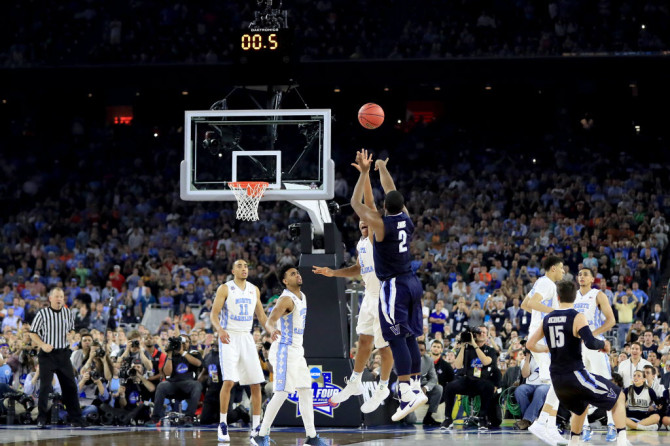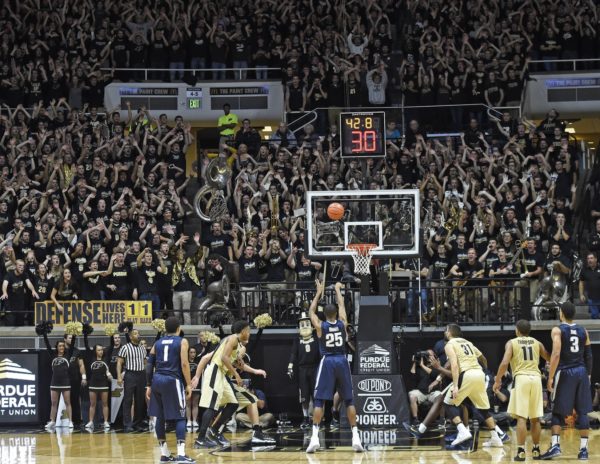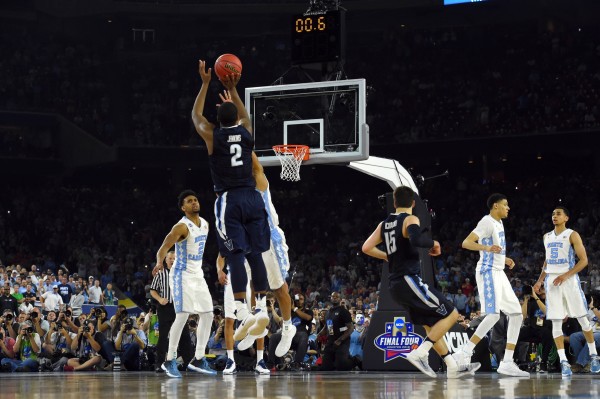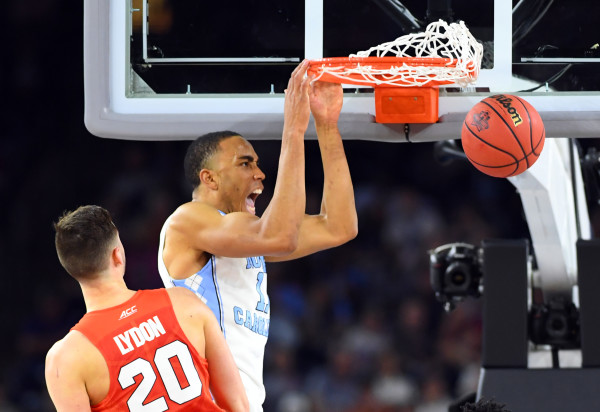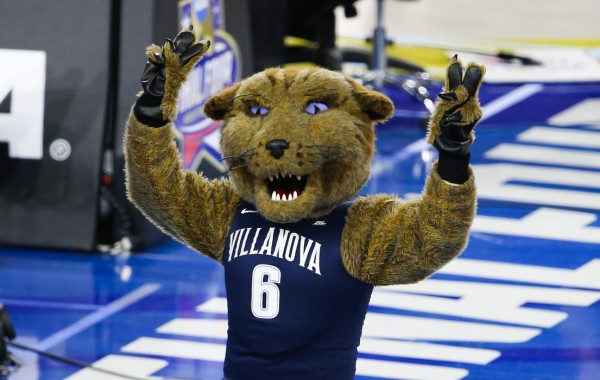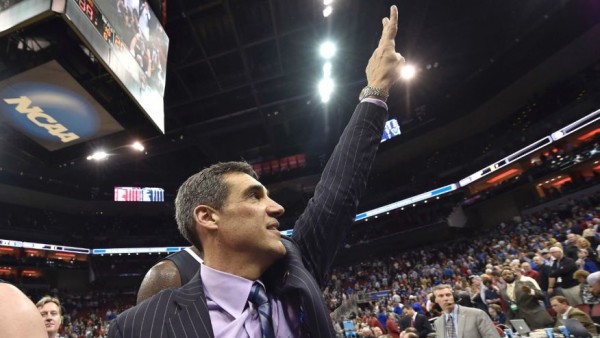Kris Jenkins Remains Vital to Villanova’s Repeat Hopes
Posted by Eugene Rapay on March 2nd, 2017Last season, Villanova‘s Kris Jenkins nailed the shot of a lifetime — a dream state buzzer-beater that lifted the Wildcats to their second National Championship. If Jay Wright‘s club hopes to enjoy another deep run in the NCAA Tournament this March and April, he will need his clutch forward to become a more reliable and efficient scoring threat. During last year’s title run, Jenkins peaked at just the right time. A pedestrian 10.4 PPG scoring average on 38.7 percent shooting (30.1% 3FG) in non-conference play ceded to 15.2 PPG on an improved 48.7 percent shooting (42.6% 3FG) clip over the last 27 games of the season. Jenkins was held to fewer than 10 points in six of last year’s first 13 games, but he hit for double-figures in 24 of the remaining bunch. His stark improvement was predicated on picking his spots and working off of leading scorer Josh Hart. Although Villanova’s offense works best when spreading the floor and moving the ball around to get multiple players involved, it certainly helped the team by having two reliable go-to scoring options.
Jenkins this season has shown flashes of last year’s versatile and effective wing, but there have also been instances where has has not been as much of a factor. His scoring and shooting percentages (13.2 PPG, 39.5 FG%) have fallen, and even though his three-point shooting percentage is slightly higher (38.9%), he hasn’t shown the same consistency from beyond the arc. As a matter of fact, the senior is currently logging the lowest offensive efficiency rating (114.7) of his four-year career, suffering through several cold shooting spells. A particularly tough shooting slump began on January 24 against Marquette, the start of a five-game dry spell that included four single-figure performances and 21.2 percent shooting from long range. Just when it seemed that he may have shaken off the slump in an excellent 22-point game against Seton Hall, he relapsed in recent contests against Butler and Creighton, shooting 30.4 percent from the floor and making just 2-of-12 three-pointers.
This inconsistency represents a different storyline from a player who was so instrumental to Villanova’s postseason success a year ago. As Wright manages a narrow seven-man rotation beset by various injuries, he needs to be able to rely on Jenkins as a consistent second scoring option behind Hart. The decorated senior has certainly demonstrated that he is capable of fulfilling that role, but he’s running out of time to locate his comfort level with the ball in his hands. With the end of the regular season staring the defending champions in the face this weekend, the Wildcats are hoping that he finds his stroke just as the stakes increase.





























